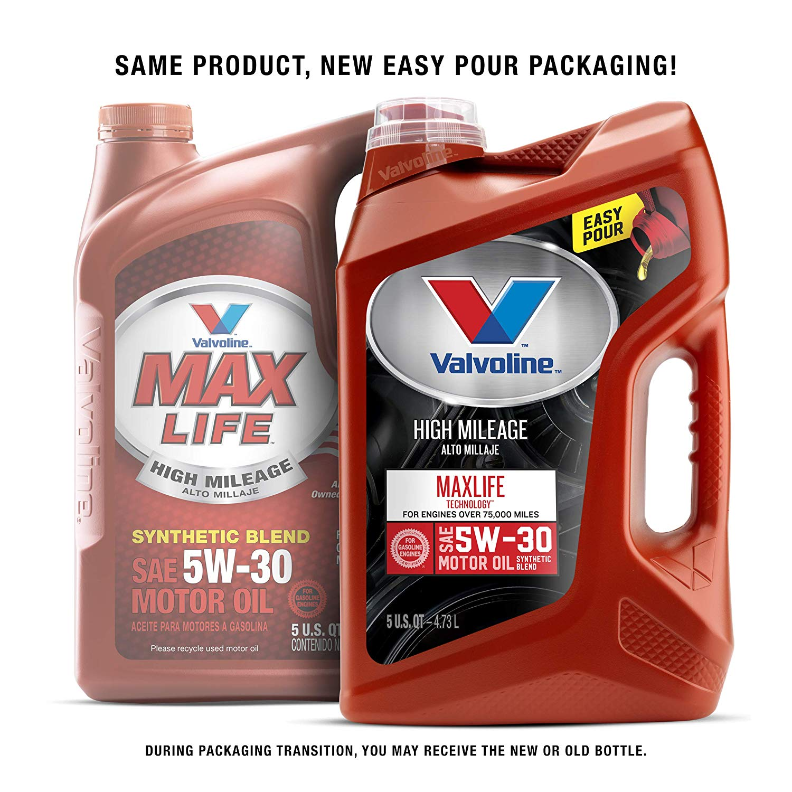When we think about the automotive industry, we often picture sleek cars, innovative technology, and the thrill of the open road. But behind every vehicle on the highway is a complex process of design, manufacturing, and quality control. One indispensable tool that has revolutionized the way automobiles are produced is Advanced Product Quality Planning (APQP). In this article, we’ll take a journey through time to explore the evolution of advanced product quality planning in automotive, showcasing how this systematic approach has become a cornerstone of quality assurance.

The Birth of Advanced Product Quality Planning
Advanced Product Quality Planning, commonly known as APQP, was first introduced in the 1980s by two major players in the automotive industry: General Motors and Ford. These companies recognized the need for a more structured approach to product quality planning, especially as the complexity of vehicle manufacturing grew.
The Early Years
In its early years, APQP was primarily used by American automakers. It aimed to ensure that suppliers met specific quality requirements, allowing for a more standardized and consistent approach to manufacturing. The process emphasized preventive measures, risk assessment, and open communication between manufacturers and suppliers.
Global Adoption
As the benefits of APQP became apparent, the concept quickly gained traction beyond North America. International automotive manufacturers, including those in Europe and Asia, began implementing APQP methodologies in their own operations. This global adoption highlighted APQP’s effectiveness in improving product quality and customer satisfaction.
The APQP Framework
APQP is structured around a series of phases that guide product development and quality planning. These phases include:
- Planning: Identifying customer needs and requirements, setting quality goals, and assembling a cross-functional team.
- Product Design and Development: Creating detailed design specifications, performing risk assessments, and defining critical characteristics.
- Process Design and Development: Developing manufacturing processes, testing prototypes, and refining production methods.
- Product and Process Validation: Verifying that the product meets quality standards and that the manufacturing process is capable of consistently producing high-quality components.
- Feedback, Assessment, and Corrective Action: Continuously monitoring performance, gathering feedback from customers, and implementing corrective actions as needed.
Integration of Technology
In recent years, APQP has evolved to incorporate technology-driven advancements. This includes the use of computer-aided design (CAD) software, simulation tools, and data analytics to streamline the product development process, reduce errors, and enhance quality control.
The Role of APQP Today
Today, APQP is a standard practice in the automotive industry and has found applications in other sectors as well. It continues to evolve with the introduction of Industry 4.0 technologies, such as the Internet of Things (IoT) and artificial intelligence (AI), which offer new ways to improve product quality and manufacturing efficiency.
In Conclusion
The evolution of Advanced Product Quality Planning in the automotive industry is a testament to the industry’s commitment to quality and innovation. From its early beginnings as a quality assurance tool for American automakers to its global adoption and integration of cutting-edge technology, APQP has played a pivotal role in ensuring that vehicles are safer, more reliable, and of higher quality. As the automotive landscape continues to evolve, APQP will remain a cornerstone of quality planning, enabling manufacturers to meet the ever-growing demands of customers worldwide.




